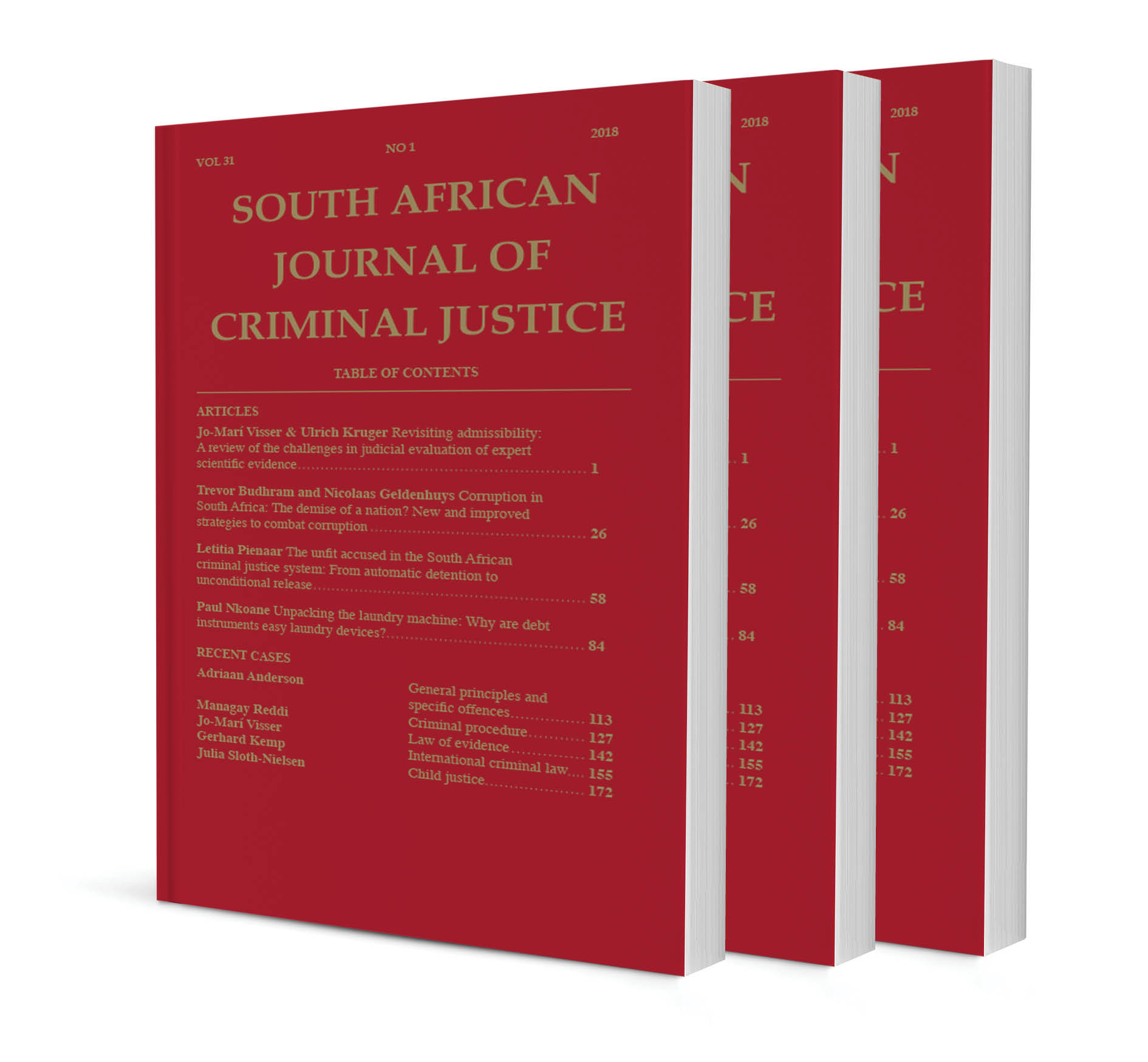Abstract
Prostitution is currently criminalised in South Africa. This article argues that the policy and the law regulating prostitution and prevailing socio-economic determinants are inextricably linked. For this reason, these socio-economic determinants and the proposed solutions to the interaction between poverty, inequality and unemployment must be considered before considering law reform on prostitution in South Africa. Furthermore, when drafting legislation that regulates sensitive areas of morality, such as prostitution, the underlying question, in keeping with international jurisprudence, is not why morality is being legislated for, but which interpretation or understanding of morality should be used to inform legislative reform. It is contended that the chosen legal framework is a policy choice which must be informed by available evidence and rational analysis, as opposed to political ideology.
The article establishes the need for legislative and policy reform in respect of the exchange of sexual acts for reward and, by implication, peripheral crimes in South Africa, and argues that a radical feminist approach in favour of asymmetrical decriminalisation is the preferred legal pathway. It seeks to do so by identifying the context and the socio-economic determinants at work in South Africa and how the country’s unique context intersects with the chosen policy and legal framework.
